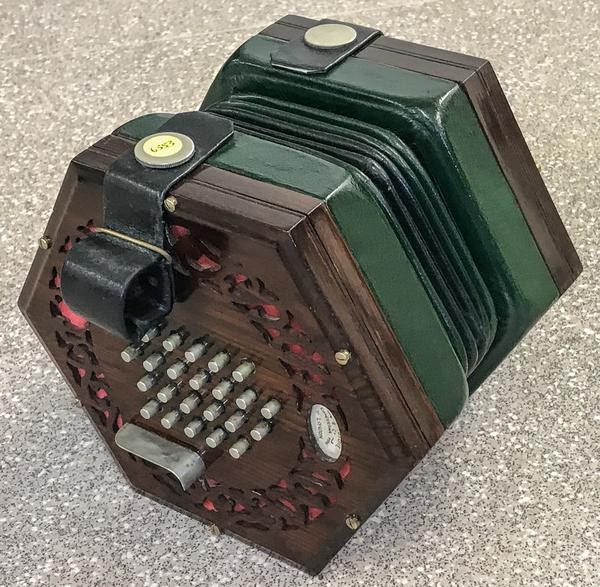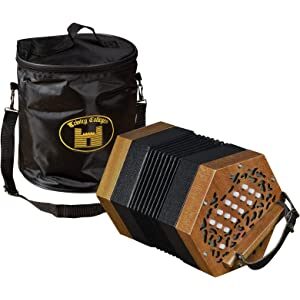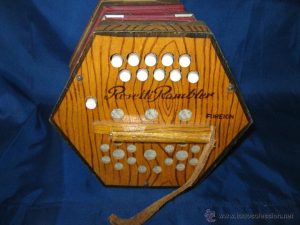In the early twentieth century, William Wheatstone, an English composer, began to make a name for himself with his string-based piano concertos, and even though he continued to use other musical instruments throughout his career, the Concertina remains to be perhaps the best. But what is it about the Concertina that has made it such a musical phenomenon? And is it really as great as it seems?
The first thing to know about the Concertina is that it was created by William Wheatstone (no relation), an accomplished piano player, as a student in the early twenties. But despite its highly versatile ‘English’ fingerings, which include all the major key notes for all musical genres, the Concertina quickly gained worldwide recognition as a truly fine solo, and ensemble piece, not only being hugely popular among professional pianists, but also attracting many of the greatest pianists and composers in history. In fact, some of the most famous pianists of all time performed on the Concertina at various points during its lifetime.
The Concertina comes in a wide variety of sizes and shapes. The smallest version is just a few inches long. At around twelve inches long, it is relatively large, and it can be quite difficult to maneuver a Concertina on the piano bench. Although its neck is rather narrow, the Concertina is still fairly heavy, so it will take quite a bit of skill to move it from one hand to another. This means that for the vast majority of people, a more appropriate choice would be a grand piano.
A more traditional and more effective choice for anyone wanting to play on the Concertina would be a grand piano. Not only would the Concertina require little skill or dexterity to play, but the Concertina is quite large enough to allow for both a full-body workout, and to avoid any awkwardness or difficulty in moving from one hand to the next, particularly in a crowded performance. It is an excellent choice for many people who wish to learn to play on the Concertina without having to put in too much effort.
The Concertina is a very versatile instrument. It has a variety of alternate fingerings that are appropriate for almost any style of music. For example, the lower E flat (E minor) finger on the left hand is the same finger for the opening chords of the Prelude in Haydn’s “Water Music for Two Pianos” as it is for the ending chords in Mozart’s “The Marriage of Figaro”. And although the third, fourth, fifth and seventh strings in the middle of the E flat are the same on both hands as they are for the start and end of the same song in “Amadeus”, they are distinctly different on the left hand.
The key signatures of the Concertina are not all equally common, either. In fact, there are two versions of each key signature: the regular key signatures (A, D, etc.), and the inverted keys (G, E, etc.). If you have the regular key signatures (A, E, G, F, etc.) they will play each note of the keyboard the same, because there are only seven keys on a piano, and these are the only notes that each finger can make simultaneously.
However, when you switch to the inverted key signatures (G, E, F, etc.) you create twelve entirely new notes, which require twelve fingers, and are found only on the seventh, third, fourth, fifth, and sixth strings. (for the open strings) of the piano. They are usually played as separate notes on the piano keyboard, though sometimes they may appear as part of a repeated phrase on some songs.
The Concertina is quite easy to learn to use a music notation program like the PCJ, or even a guitar tab software like Music Maker, because there are no complicated chords. It is quite easy to improvise on, too, because there are only five basic chords: the E flat, the F major, the A minor, the B minor, the C major, and the D major. Once you get used to them and learn the variations between them, and the other notes, you will begin to hear chords spring to mind. And you will quickly start to learn how to improvise on the Concertina.





I personally think that Whitestone concertina is the great innovation in concertinas after twentieth century. I really love that instrument.
This is what we tried to explain in this article. Thank you so much for reading and your appreciation. We will keep you posted about latest news.